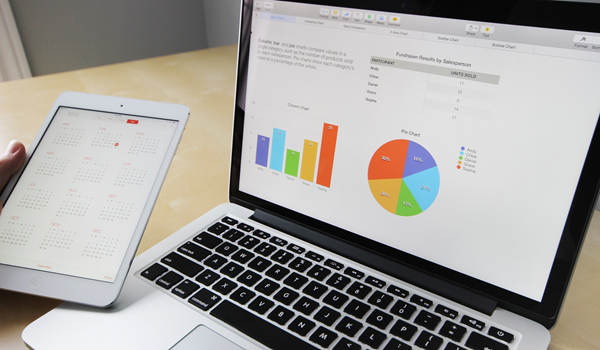Test Results
Results of Tests and Investigations
*PLEASE AVOID CONTACTING US AT 8.15am and 2pm FOR TEST RESULTS*
The practice has a strict policy regarding confidentiality and data protection and we will only release test results to the person to whom they relate unless we have prior written permission to discuss your medical records with another named person.
Please allow 7 working days before contacting the surgery for routine test results – this allows the Doctor to read your results, the Doctor requesting your test may not work every day of the week.
Results PRESS “Option 3″ on our telephone system.
If you have had a blood test or X-ray you will be asked to ring the surgery for the result.
Blood and urine specimen results may be ready after 72 hours but some tests may take longer to come back.
If you are advised to "book a routine telephone results call", new appointmens are released on a Tuesday at 11.30am.
Patient supplied samples - please remember that in order for us to process patient supplied samples (such as urine and stool) they must be supplied to us with all the paperwork completed and the sample itself clearly identified as instructed by the GP/Nurse. Failure to do so will result is us being unable to send your sample to the laboratory for testing.
X-rays take about 10-14 working days to return
The receptionist will be able to tell you what you need to do once you have the result. You may not necessarily need to see a doctor, but on occasions you will be asked to see either a doctor or a nurse or have your tests repeated.
Please ensure that you ring for your own results as we are not able to give your results to anyone else unless we have had permission in writing from the patient to do this.
Blood Tests
A blood test is when a sample of blood is taken for testing in a laboratory. Blood tests have a wide range of uses and are one of the most common types of medical test. For example, a blood test can be used to:
- assess your general state of health
- confirm the presence of a bacterial or viral infection
- see how well certain organs, such as the liver and kidneys, are functioning
A blood test usually involves the phlebotomist taking a blood sample from a blood vessel in your arm and the usual place for a sample is the inside of the elbow or wrist, where the veins are relatively close to the surface. Blood samples from children are most commonly taken from the back of the hand. The childs hand will be anaesthetised (numbed) with a special cream before the sample is taken.
You can find out more about blood tests, their purpose and the way they are performed on the NHS Choices website.
X-Rays
An X-ray is a widely used diagnostic test to examine the inside of the body. X-rays are a very effective way of detecting problems with bones, such as fractures. They can also often identify problems with soft tissue, such as pneumonia or breast cancer.
If you have an X-ray, you will be asked to lie on a table or stand against a surface so that the part of your body being X-rayed is between the X-ray tube and the photographic plate.
An X-ray is usually carried out by a radiographer, a healthcare professional who specialises in using imaging technology, such as X-rays and ultrasound scanners.
You can find out more about x-ray tests, how they are performed, their function and the risks by visiting the NHS Choices website.
Page created: 06 October 2022
